How to use herbs in your cooking
Fresh, tender leafed herbs… add bright flavor to your recipes. The tender leaves and lower oil content of these herbs suggest that adding them early in the cooking, diminishes their flavors and aromatics. Add these herbs at the end of your recipes to keep their flavors forward in the dish. I like to use these herbs in larger amounts-tablespoons and small handfuls.
Chives ~ omelets, cooked vegetables, mixed green salads, dressings, seafood
Cilantro ~ Mexican, Southwest, and Asian dishes
Dill ~ Greek dishes, chicken, lamb, salmon, shrimp, vegetables, sauces, dressings
Flat Leaf Parsley ~ All cuisines, meat, poultry, fish; vegetables, pasta, rice
Mint ~ Greek, Asian, and Latin cuisines, fruit salad, pea dishes, soups, roasted vegetables, savory dressings, lamb, fish, chicken
Hardier herbs...add a robust flavor. The oils in these herbs enhance the aromatics of a dish and do well when cooked into the recipe. The flavors of these herbs, fresh or cooked, are strong. Use these herbs in smaller amounts so they do not overwhelm the flavors of a recipe. I cook with these herbs, but do also add them to salad dressings as well. Slicing, chopping, or simply "bruising" them by rubbing them with your fingers will help to release the aromatics.
Basil ~ Italian dishes, tomato-based sauces, pasta, chicken, fish, shellfish, cream soups
Rosemary ~ Italian, Greek cuisines, pasta, vegetables, grilled beef and chicken, casseroles, fish, soups
Sage ~ Italian, Greek cuisines, pork, chicken, duck, soup, vegetable dishes, stuffing
Tarragon ~ French, Italian cuisines, fish, poultry, sauces, green vegetables, shellfish, dressings
Thyme ~ French, Italian, Greek cuisines, chicken; turkey, fish, beans and legumes, vegetable dishes, stews, soups, tomato dishes
Dried Herbs...add a rich flavor to cooked recipes.
Basil ~ Italian dishes, especially tomatoes and tomato sauces, pasta, chicken, fish, shellfish, soup
Bay leaf ~ Italian, French cuisines, stews, tomato dishes, soup, sauces
Chives ~ omelets, dressings
Oregano ~ Greek, Italian, Latin cuisine, sauces, rubs, marinades, dressings, beef, lamb, sauces, soup, stews
Rosemary ~ Italian, Greek cuisines, soups, stews, stuffing, roasted vegetables, grilled beef and chicken
Sage ~ Italian, Greek cuisines, chicken, duck, pork, soups, stews, roasted vegetable dishes, stuffing, sauces
Tarragon ~ French, Italian cuisines, fish, poultry, dressings
Thyme ~ French, Italian, Greek cuisines, chicken, turkey, fish, beans and legumes, roasted vegetable dishes, stews, soups
Fragrant herbs will add notable flavor to baked goods. For sweet baking, combine herbs with sugar in a food processor to coat the sugar with the herb oils. For savory baking, chop herbs fine. Basil, lavender, rosemary, sage, and thyme are fragrant herbs that will get noticed in any baked item.
The Sweet Side of Herbs
Experiment using herbs in frostings, sauces, and syrups. Steep herbs in cream, cook with fruit, and simmer in sugar syrup to add to your favorite dessert recipes, drinks, and cocktails.
Hold herbs by the stem and dip into a bowl of cold water several times to allow sand and grit to fall to the bottom. Use a salad spinner or blot herbs dry by rolling gently in a towel.
Storing fresh herbs
Place herbs in a plastic bag. Press out the air, seal closed, and store in the refrigerator. Use within one week for best flavor. Follow this method to store herbs in the freezer as well. Strip the herb leaves from their stems before freezing. Frozen herbs are best when used in cooked recipes. Use frozen herbs within six months.
Storing dried herbs
Store dried herbs in airtight containers away from light and heat (never near the stove). Use dried herbs within one year. Dried herbs should be fragrant; replace them if they are not.
Drying fresh herbs
Cut herbs at the base of their stem. Hang dry for several days or dry in the oven on a cookie sheet for one to two hours at 180 degrees.

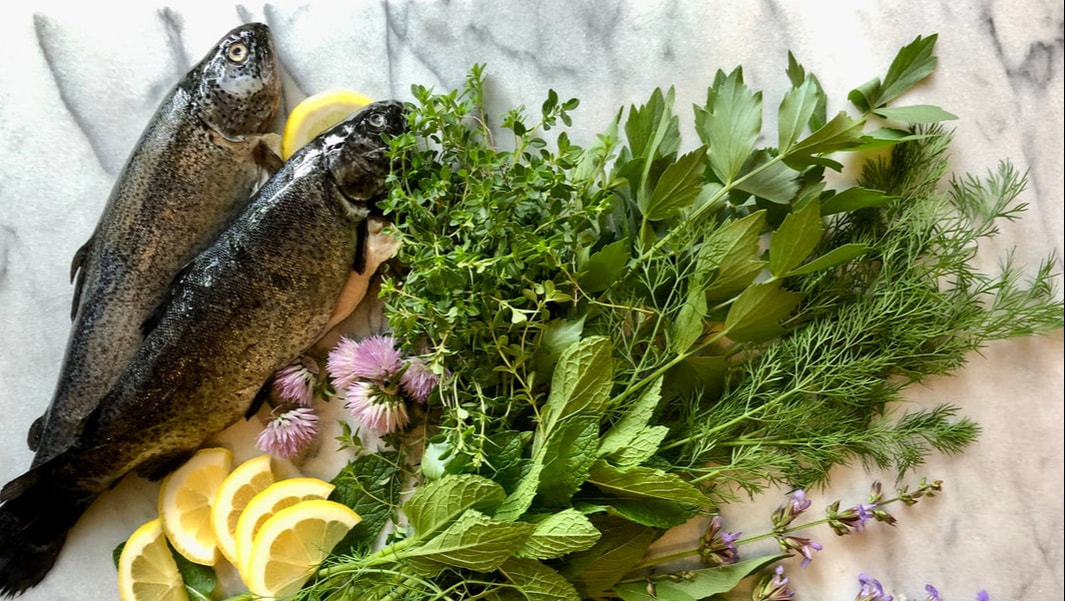


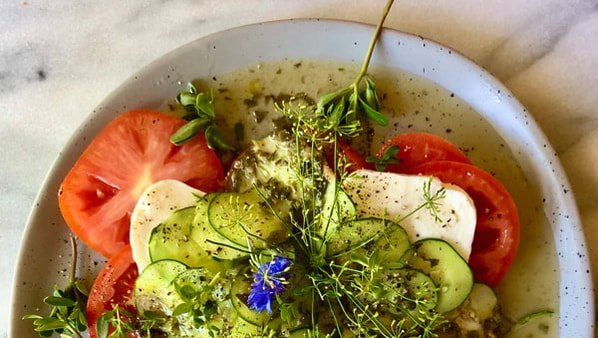

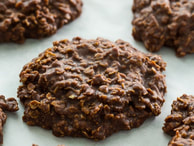
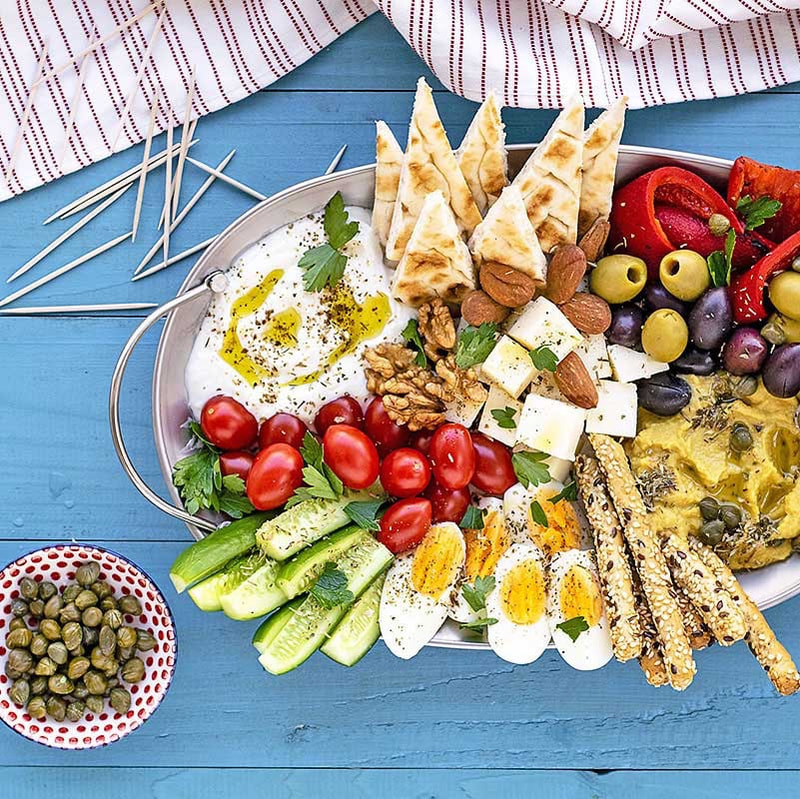
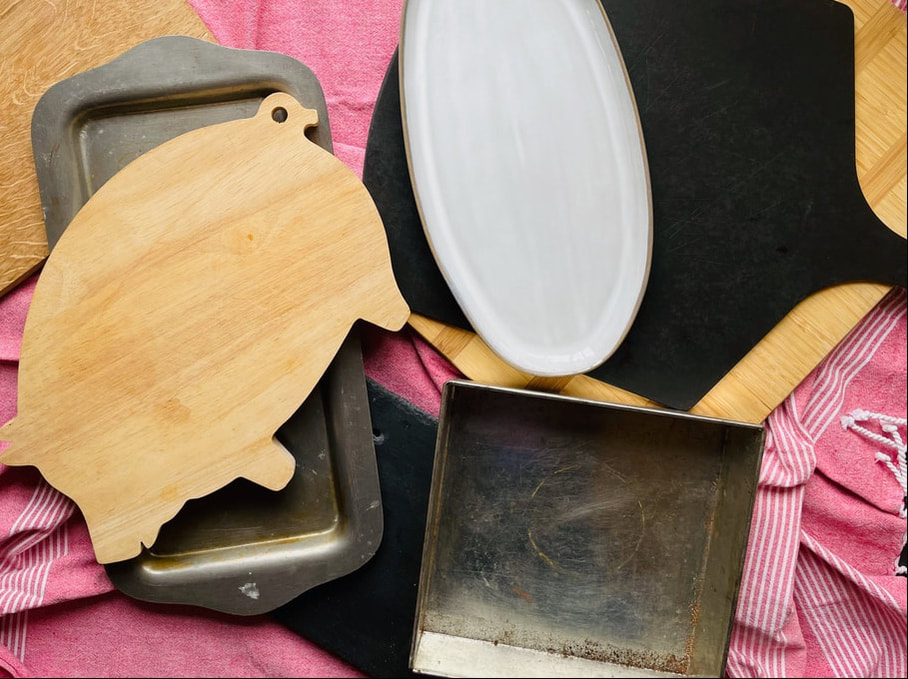


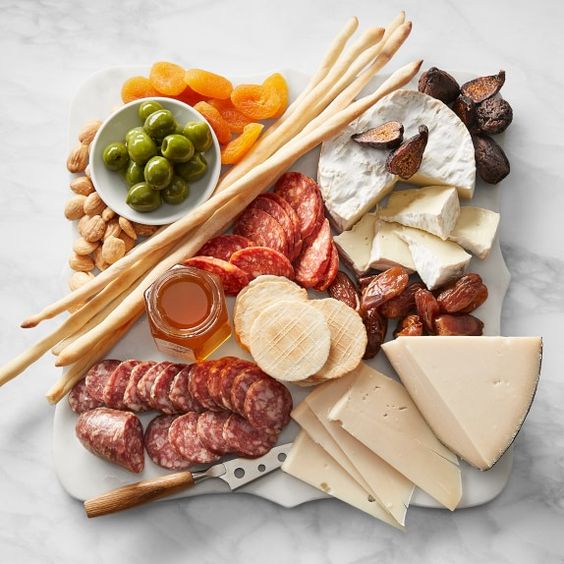



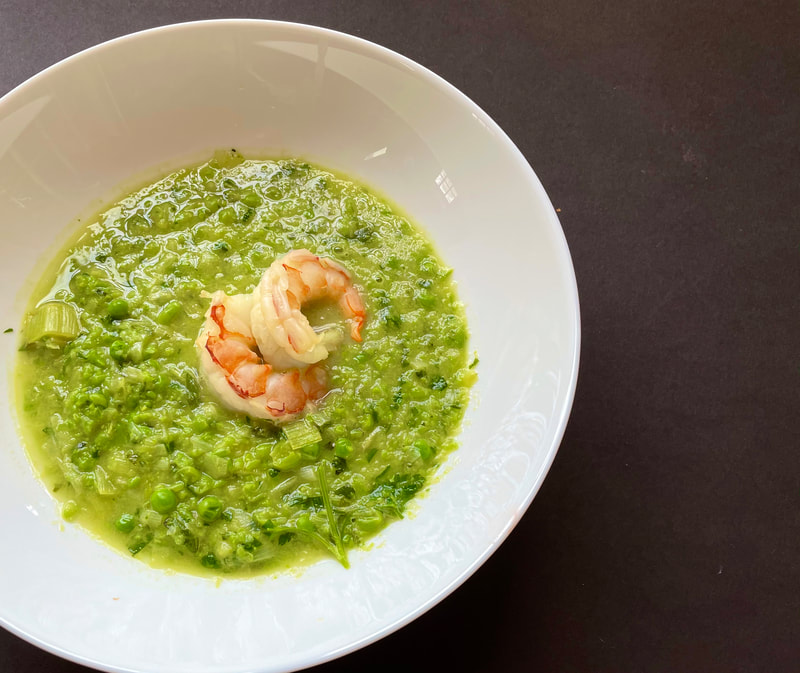
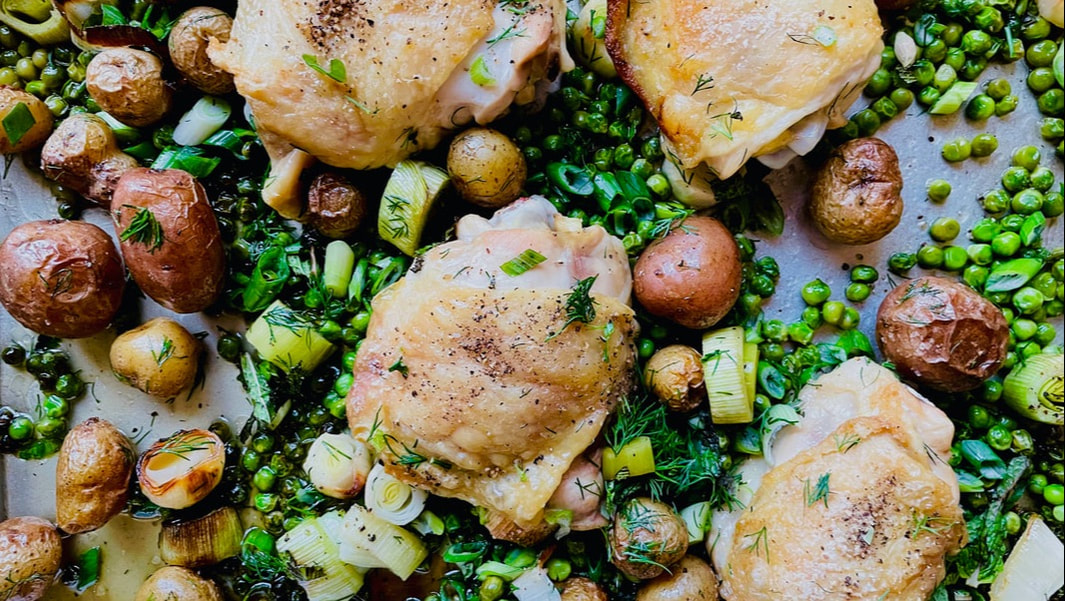








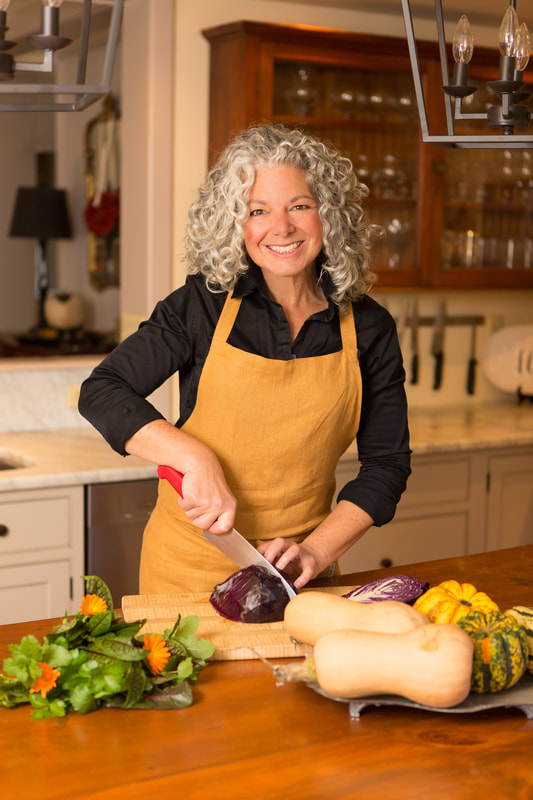

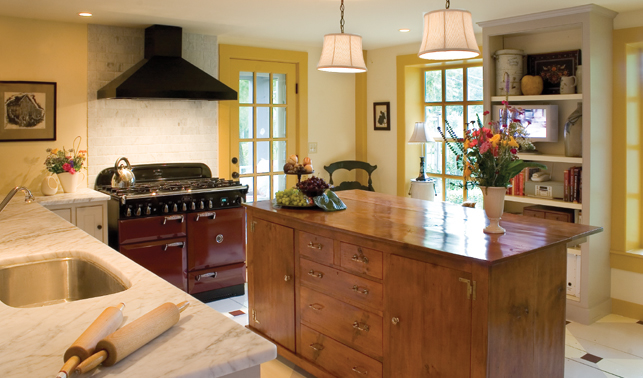
 RSS Feed
RSS Feed